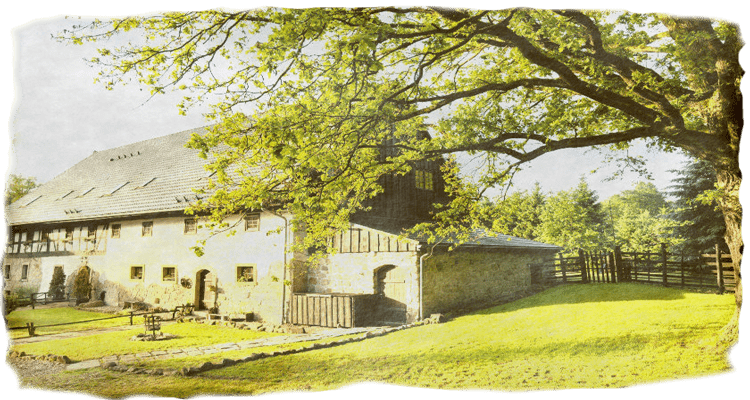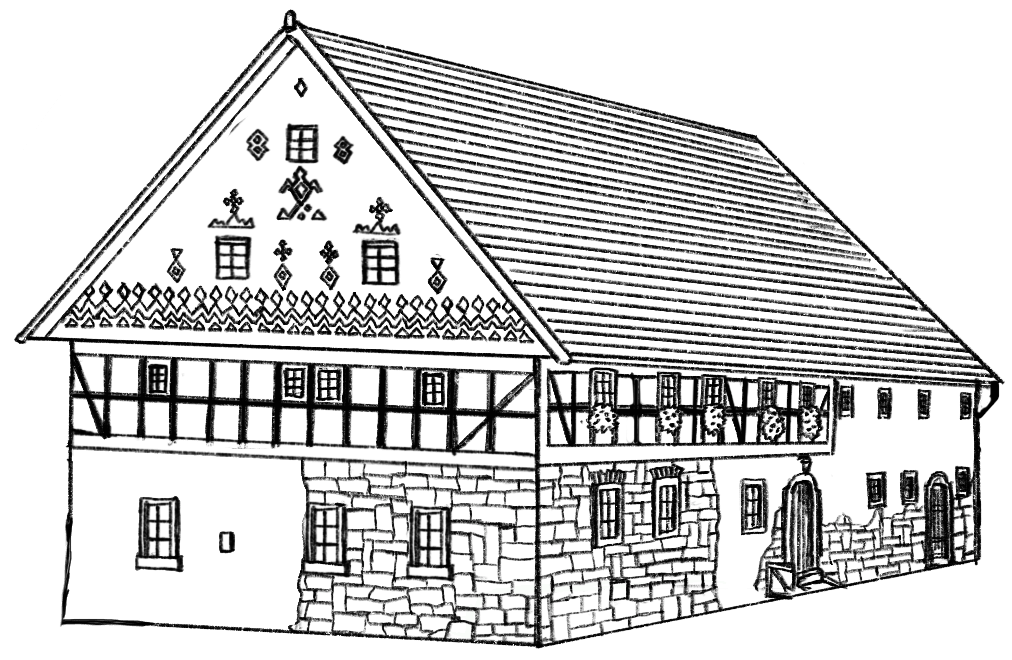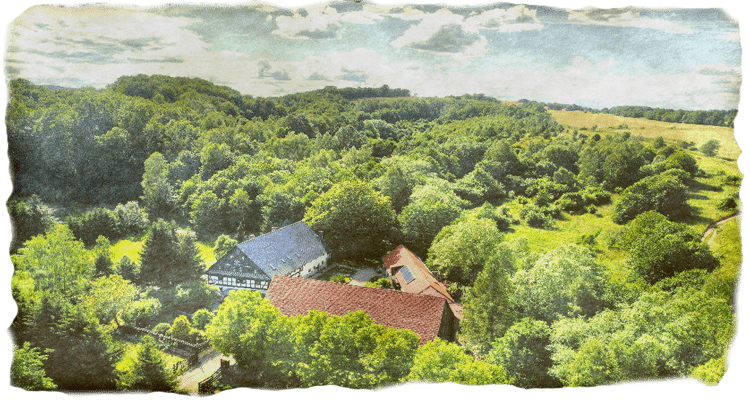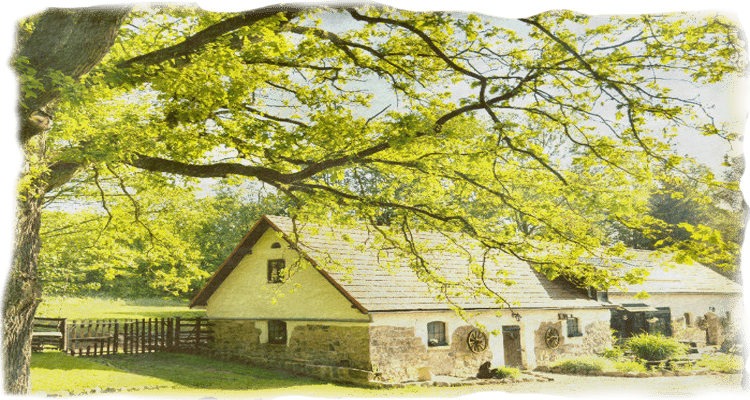Steeped in History and Nature
From the Stone Age to the Prussian Garrison
The traces of human settlement in Płóczki Górne reach back to the Neolithic period. Thousands of years ago, people were already taking advantage of its favourable riverside location and fertile sandy soils. From the 12th century onwards, alluvial gold was extracted from the sands here – gold-bearing deposits that brought early prosperity to the village and placed its name on medieval maps.
Płóczki Górne was first mentioned in documents in 1217 when Duke Henry I the Bearded transferred surrounding lands to the town of Lwówek. His son, Henry II the Pious, further enhanced the village's religious significance in 1241 by granting four hufen of land to the small church in the village. This church, dedicated to Saint Bartholomew, still stands today – a Romanesque gem with later Gothic elements, standing as a testament to continuity amidst centuries of change.
Over the centuries, the village came under the ownership of the Knights Hospitaller and later the Benedictine nuns. Monastic order and agricultural wealth shaped its development until the 18th century, when the village gained unexpected military significance. In 1759, during the Seven Years' War, Frederick II of Prussia established a fortified camp on the nearby Kołodziej Hill – a strategic position to protect Silesia from enemy troops. Today, a simple memorial stone atop this hill commemorates the time when European history made its mark even here.
The Village as a Treasure Chest: Agates, Geodes, and the Legacy of Volcanoes
While the history of Płóczki Górne is shaped by knights, monks, and Prussian kings, the ground beneath the village holds a different, quite literal treasure: agates. The surrounding hills are part of the so-called Kraina Wygasłych Wulkanów – the "Land of Extinct Volcanoes." Millions of years of volcanic activity have created geological wonders here. The fields around Płóczki Górne are considered among the richest sites in Poland for chalcedony agates, amethyst, and other minerals.
Particularly impressive is the area known as "Pola Agatowe" – expansive fields where amateur geologists and collectors can hunt for hidden gems. With patience and a keen eye, one can unearth vividly coloured red, yellow, or blue-grey agates directly from the soil. Every year, the mineral festival "Lwóweckie Lato Agatowe" draws thousands of visitors to the region, transforming the region into a meeting point for adventurers and nature lovers alike.
Between History and Nature: Sights and Experiences
A stroll through Płóczki Górne is a journey through time. At its heart stands the Church of Saint Bartholomew – a modest yet impressive structure, its centuries-old walls imbued with prayer and history. Those who climb Kołodziej Hill are rewarded not only with the sight of Frederick’s memorial but also with sweeping views over the green hills of Lower Silesia.
Yet, the village offers more than history. Walking trails wind through the surrounding forests and hills, passing hidden chapels, quiet viewpoints, and meadows rich in native flora. Nearby Ostrzyca – an ancient volcanic cone – poses another challenge for hiking enthusiasts with panoramic views across the entire Kaczawskie Highlands. Even the mysterious dripstone caves of Płóczki Dolne, just a few kilometers away, await curious explorers.
Your Trip to Płóczki Górne
Płóczki Górne is a village for those who seek more than standard tourist attractions. Far from mass tourism, but close to everything you might need or want to visit, it offers a destination for nature enthusiasts, families with a sense of discovery, history fans, and anyone seeking authenticity.
Those who open themselves to Płóczki Górne will be rewarded – with real adventure, stories from centuries past, and the fascination of a landscape that continues to guard its secrets to this day.
Distance:
0 km
Drive time:
0 min
Duration:
Entire stay







